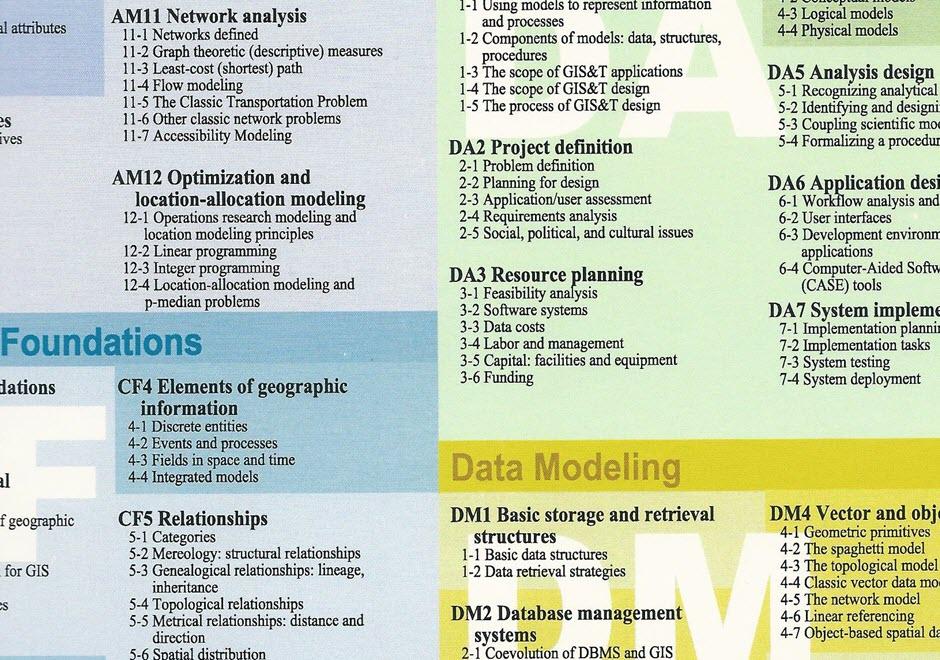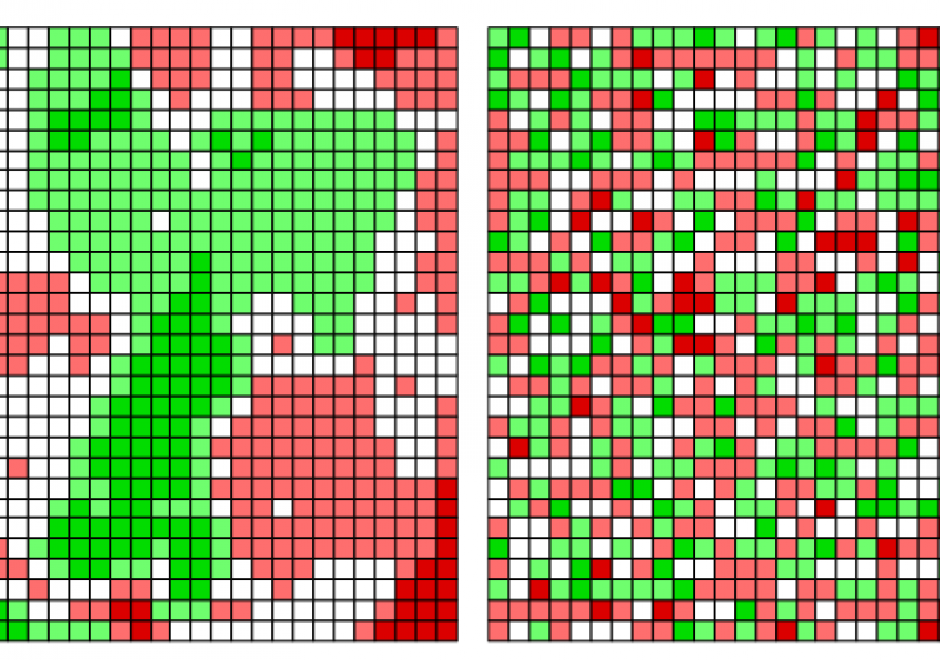AM-25 - Bayesian methods

- Define “prior and posterior distributions” and “Markov-Chain Monte Carlo”
- Explain how the Bayesian perspective is a unified framework from which to view uncertainty
- Compare and contrast Bayesian methods and classical “frequentist” statistical methods





AM-22 - Global Measures of Spatial Association
Spatial association broadly describes how the locations and values of samples or observations vary across space. Similarity in both the attribute values and locations of observations can be assessed using measures of spatial association based upon the first law of geography. In this entry, we focus on the measures of spatial autocorrelation that assess the degree of similarity between attribute values of nearby observations across the entire study region. These global measures assess spatial relationships with the combination of spatial proximity as captured in the spatial weights matrix and the attribute similarity as captured by variable covariance (i.e. Moran’s I) or squared difference (i.e. Geary’s C). For categorical data, the join count statistic provides a global measure of spatial association. Two visualization approaches for spatial autocorrelation measures include Moran scatterplots and variograms (also known as semi-variograms).